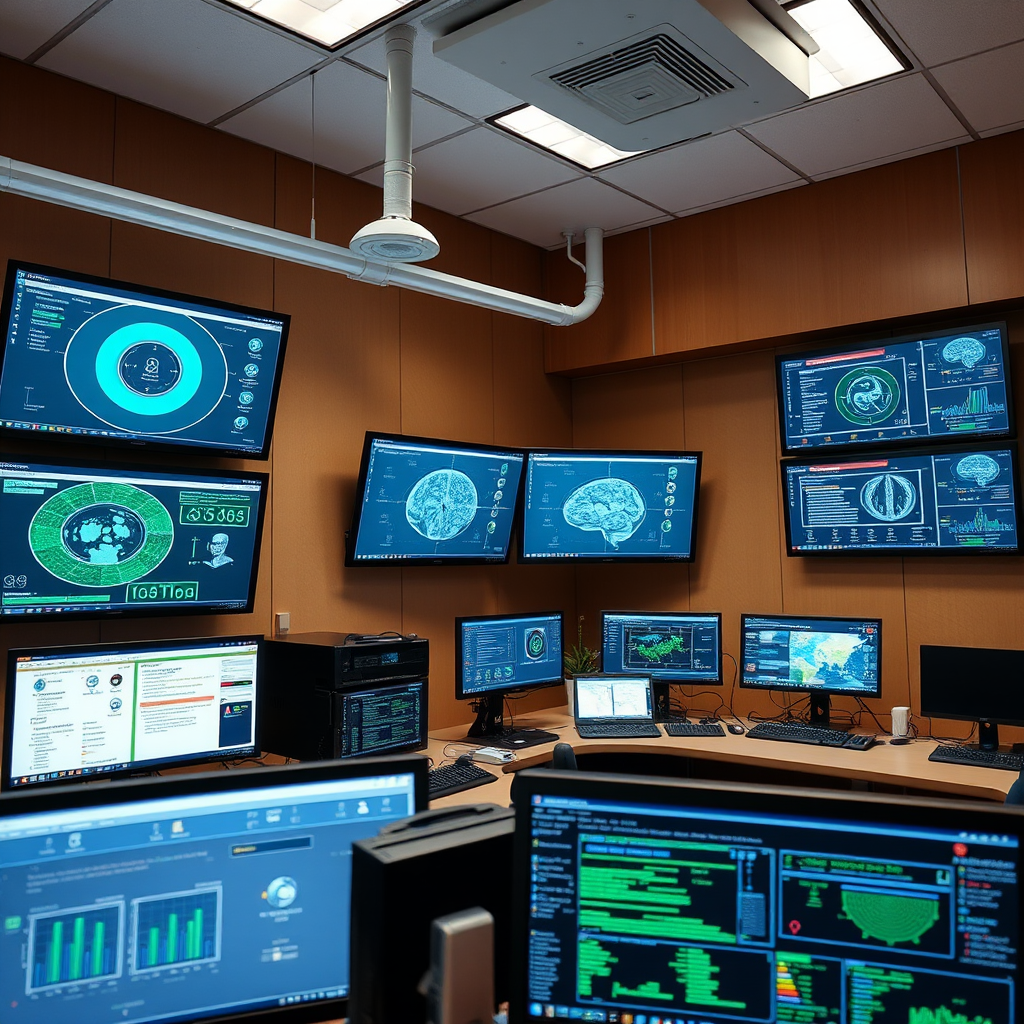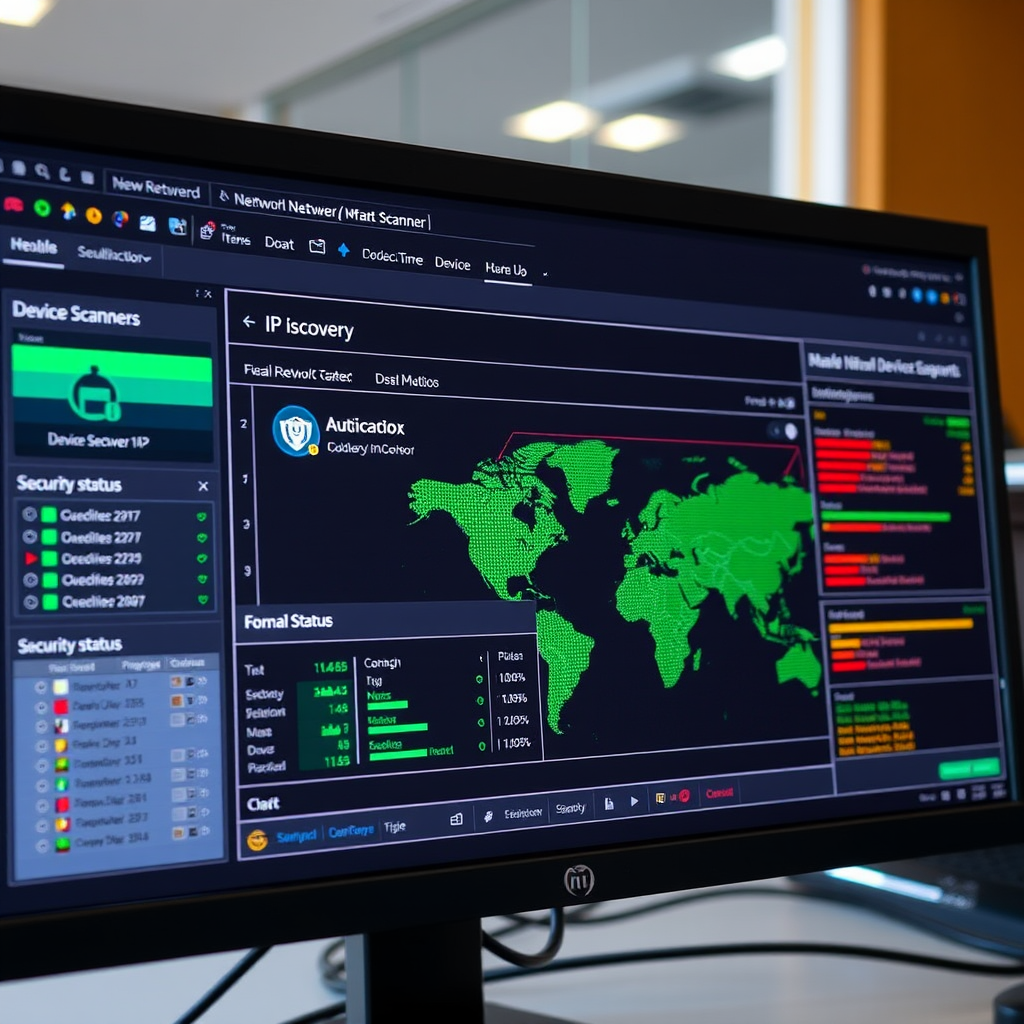Emerging Threats Target Unmonitored Network Devices in Healthcare Sector

Healthcare organizations across the United States are facing an unprecedented wave of cyberattacks targeting unmonitored network devices, with threat actors exploiting gaps in network visibility to compromise patient data and critical medical infrastructure.
The Growing Threat Landscape
Recent investigations have revealed a disturbing trend where cybercriminals are specifically targeting medical facilities with inadequate network monitoring capabilities. These attacks often go undetected for months, allowing threat actors to establish persistent access to sensitive systems containing patient records and controlling life-critical medical equipment.
The healthcare sector's unique vulnerability stems from the proliferation of connected medical devices, many of which operate on legacy systems with limited security features. Without comprehensive network scanner solutions in place, these devices become invisible entry points for sophisticated attackers.
Key Attack Vectors Identified
- Unpatched IoT medical devices with default credentials
- Legacy imaging systems with outdated network protocols
- Patient monitoring equipment lacking proper network segmentation
- Administrative workstations with excessive network privileges
Network Scanner Implementation Strategies
Healthcare organizations are rapidly adopting comprehensive IP scanning solutions to address these vulnerabilities. Modern network scanner technology enables continuous monitoring of all connected devices, providing real-time visibility into network traffic patterns and identifying unauthorized access attempts.

Essential Scanning Capabilities
Effective network scanner deployment in healthcare environments requires specialized features designed to handle the unique challenges of medical networks:
- Non-intrusive scanning protocols that won't disrupt medical equipment
- Automated device classification and risk assessment
- Integration with existing security information systems
Case Study: Regional Medical Center's Security Transformation
Springfield Regional Medical Center recently implemented a comprehensive network scanner solution after discovering unauthorized devices on their network during a routine security audit. The deployment revealed over 200 previously unknown connected devices, including several compromised systems that had been exfiltrating patient data for months.
"The network scanner implementation was a game-changer for our security posture. We went from having blind spots across our entire infrastructure to having complete visibility and control over every connected device."
Regulatory Compliance and Patient Safety
The implementation of robust network scanner solutions is becoming increasingly critical for healthcare organizations to maintain compliance with HIPAA regulations and ensure patient safety. Regulatory bodies are now requiring healthcare providers to demonstrate comprehensive network visibility and monitoring capabilities as part of their security frameworks.
Advanced network scanner technology enables healthcare organizations to maintain detailed audit trails of all network activity, automatically detect policy violations, and generate compliance reports required by regulatory authorities.
Critical Implementation Considerations
Healthcare organizations must carefully plan their network scanner deployment to avoid disrupting critical medical operations:
- Conduct thorough testing in isolated network segments before full deployment
- Coordinate with medical device manufacturers to ensure compatibility
- Establish clear escalation procedures for security incidents
- Train IT staff on healthcare-specific network security protocols
Future Outlook and Recommendations
As healthcare organizations continue to digitize their operations and adopt new connected medical technologies, the importance of comprehensive network scanner solutions will only increase. Industry experts recommend that healthcare providers prioritize network visibility as a fundamental component of their cybersecurity strategy.
The integration of artificial intelligence and machine learning capabilities into network scanner platforms is expected to further enhance threat detection capabilities, enabling healthcare organizations to identify and respond to sophisticated attacks more effectively.

Key Takeaways for Healthcare IT Leaders
- Implement comprehensive network scanner solutions to achieve complete device visibility
- Prioritize non-intrusive scanning methods that won't impact medical equipment operations
- Establish continuous monitoring protocols to detect unauthorized network access
- Integrate network scanning data with existing security incident response procedures
- Regularly update scanning policies to address emerging threats and new medical devices
The healthcare sector's adoption of advanced network scanner technology represents a critical step forward in protecting patient data and ensuring the security of life-critical medical systems. Organizations that proactively implement comprehensive network monitoring solutions will be better positioned to defend against the evolving threat landscape targeting healthcare infrastructure.